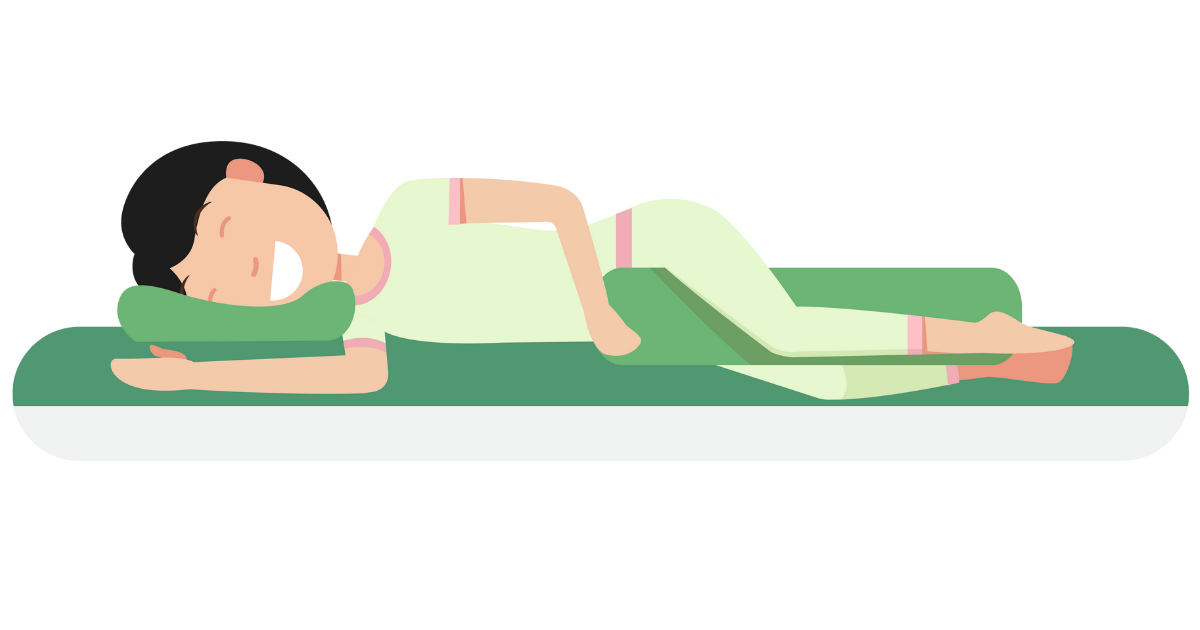Despite over 35 million Americans seeking chiropractic care last year there continues to be some skepticism about chiropractic treatment. Perhaps you’ve wondered why see a chiropractor or how a chiro helps people. A healthy curiosity of everything in life is important – and especially when it comes to your health, it’s essential to do your research.
Although chiropractic care is much better understood and regarded than in the past – many professional sports teams and hospitals now have chiropractors on staff – there’s still many myths circulating about chiropractic care. Maybe you’ve read that chiropractic care is unsafe, or that its unregulated. Neither of these are true.
So, why see a chiropractor? There’s lots of good reasons. Let’s explore some of them and with evidence, get to busting chiropractic myths once and for all.
Chiropractic Myth 1: There’s no evidence to show chiropractic care works.
Busting this chiropractic myth is easy with the ever growing bank of evidence that shows how a chiro helps millions of people.
Academic, peer-reviewed studies show that chiropractic care improves acute pain – particularly lower back pain. Does a chiro help with other conditions? Absolutely, and that’s another myth we’ll bust below – but for now, there are studies that demonstrate that chiro care alleviates headaches, and is a more effective form of pain relief for neck pain than medication.
Chiropractic Myth 2: You don’t need to go to school to be a chiropractor
It takes many years of study to become a chiropractor – the same amount of hours as you must do to become a physician. Chiropractic training starts with a four year undergraduate degree followed by at least three more years of chiropractic school.
Chiropractic students are given a well-rounded scientific education before they begin their specialization in chiropractic care. This includes courses in anatomy, physiology, neurology, pathology and pharmacology plus clinical internships and rotations.
To practice, you must of course have completed your Doctor of Chiropractic degree and then you must obtain a license from your state’s licensing board by passing another exam.
Myth 3: Chiropractic care only treats your spine
Why see a chiropractor? Well, not just because you have back pain. Chiropractic care helps to resolve a myriad of health conditions including headaches, nerve pain, pregnancy related pain and offers support in recovery from injuries.
Through non-invasive, evidence-informed practices chiropractic care diagnoses and treats diseases of the musculoskeletal and nervous systems – this includes but is not limited to spinal treatments. Through manual adjustments a chiro will help you reduce pain in your muscles, address consistent headaches and improve your posture.
Chiros can recommend exercises that support your recovery, as well as offer advice on nutritional and lifestyle choices – if it’s appropriate to the patient.
At Gateway to Wellness we pride ourselves on a holistic approach to addressing your pain. We take the time to examine you as a whole person, through a series of assessments to ensure that we treat the symptoms but also the cause.
Myth 4: Chiropractic care is unregulated
Chiropractors are rigorously monitored in a similar way to other healthcare providers. This is to ensure patient safety and set and maintain standards of training, practice and codes of conduct.
The practice of chiropractic is licensed and regulated in all 50 of the United States. To be a practicing chiropractor, you must be licensed by the state you practice in.
The education chiropractors receive is also closely monitored. The Council on Chiropractic Education – the body responsible for accrediting programs and institutions that offer chiropractic degrees – is recognized by the United States Office of Education.
Myth 5: Chiro adjustments are dangerous
As we’ve learnt above, chiropractic care is extremely well regulated, and chiropractors have to undertake years of education before they are allowed to practice.
So, chiropractic care is safe when it’s administered by a licensed chiropractor.
Chiropractic care offers a natural, non-invasive and drug-free alternative to pain relief. Rather than providing medicinal solutions to your pain, a chiropractor uses manual manipulations to provide pain relief. For many of us, avoiding medication is a preferred alternative.
Myth 6: Other healthcare providers don’t respect chiros
Let’s go straight to the source to bust this myth; The American College of Physicians recommends chiropractic care (in the form of spinal manipulation) to treat low back pain, as an alternative to pain-relieving drugs (along with heat, massage, and acupuncture).
Many hospitals have chiropractors on staff and in 2001 a study showed that 80 per cent of chiros reported receiving referrals from primary care physicians – double the numbers reported seven years earlier.
Your doctor will know how a chiro helps – and if they refer you to one, you know where to find us.
We hope that through providing evidence we’ve gone some way towards busting chiropractic myths you may have heard and you’ve seen through this information, how a chiro helps.
If you or a family member are curious about chiropractic care, we’d love to meet you, get to know your goals and provide tailored chiropractic care that will help you achieve them.






